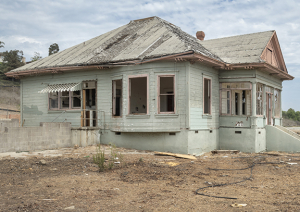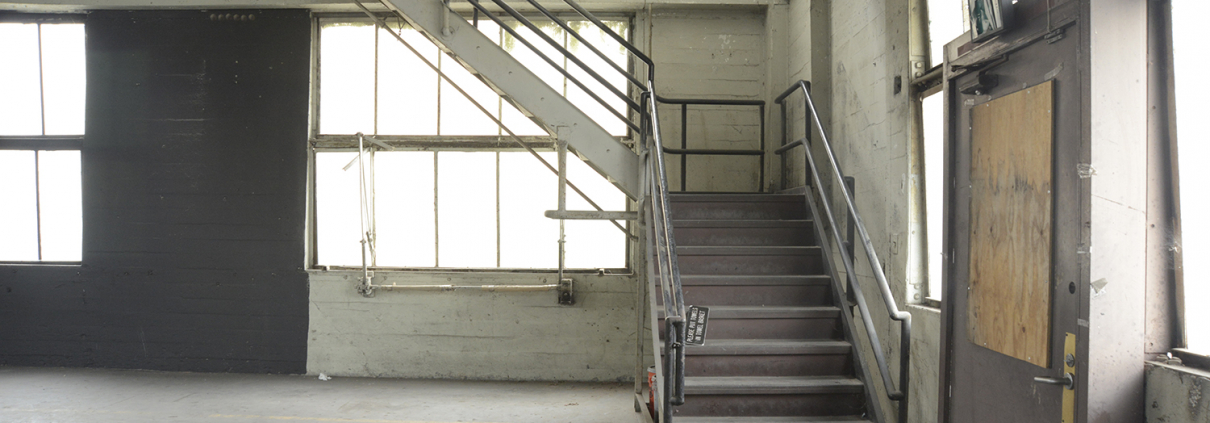CEQA
California Environmental Quality Act (CEQA) is intended to inform government decision makers and the public about the potential environmental effects of proposed activities and to prevent significant, avoidable environmental damage. Common types of environmental impact include traffic, noise, groundwater contamination, archaeological resources, vegetation, and wildlife. This also includes cultural and historic resources.
The CEQA Guidelines reflect the requirements set forth in the Public Resources Code, as well as court decisions interpreting the statute and practical planning considerations. Among other things, the CEQA Guidelines explain how to determine whether an activity is subject to environmental review, what steps are involved in the environmental review process, and the required content of environmental documents. The CEQA Guidelines apply to public agencies throughout the state, including local governments, special districts, and State agencies.
There is a common misconception that resources of 50 -years and older need to be evaluated, but anything younger cannot be considered significant. The 50-year threshold originally comes from 36 Code of Federal Regulations 60.4, which pertains to the National Register.
Those regulations require a resource to be “exceptionally important” to be considered eligible for listing. On the other hand, the California Register criteria (CCR § 4852) state that in order for a resource to achieve significance within the past 50-years, sufficient time must have passed to obtain a scholarly perspective on the events or individuals associated with the resource. The language provided in CCR § 4852, is much broader than the National Register eligibility requirement for exceptional significance. Specifically, the California Register statute allows CEQA Lead Agencies a fair amount of flexibility in justifying that a resource is significant, even if that resource is less than 50-years old. This flexibility also puts greater responsibility on Lead Agencies to evaluate resources based on substantial evidence, rather than relying on the age of the resource alone. Finally, many local preservation ordinances do not include an age threshold, and a property listed on a local register is presumed to be a historical resource for the purposes of CEQA.
Historical resource is a CEQA term that includes buildings, sites, structures, objects, or districts, each of which may have historical, prehistoric, architectural, archaeological, cultural, or scientific importance and is eligible for listing or is listed in the California Register of Historical Resources (CRHR). Local governments are required to determine whether a resource is in fact a resource and whether a proposed project would cause a “substantial adverse change” to the resource.
Substantial adverse change includes demolition, destruction, relocation, or alteration such that the significance of an historical resource would be impaired. While demolition and destruction are fairly obvious significant impacts, it is more difficult to assess when change, alteration, or relocation crosses the threshold of substantial adverse change. The CEQA Guidelines provide that a project that demolishes or alters those physical characteristics of an historical resource that convey its historical significance (i.e., its character-defining features) can be considered to materially impair the resource’s significance.
- CEQA requires mitigation of any significant impacts. Some local agencies use HABS documentation as a mitigation measure but not all jurisdictions agree it is sufficient or proper.
- CEQA is a complex set of regulations that may require knowledgeable qualified specialists to evaluate a particular resource.
For more information

 Dennis Hill 2022
Dennis Hill 2022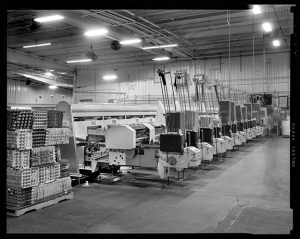


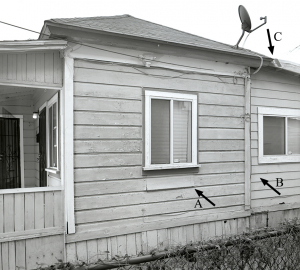
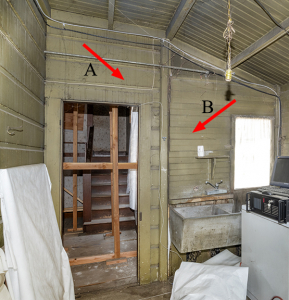
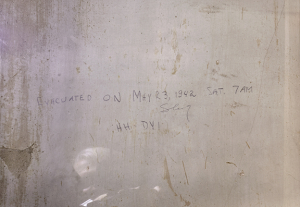

 Dennis Hill
Dennis Hill
